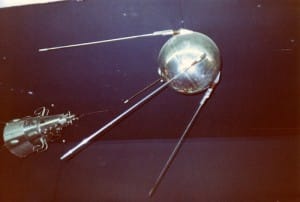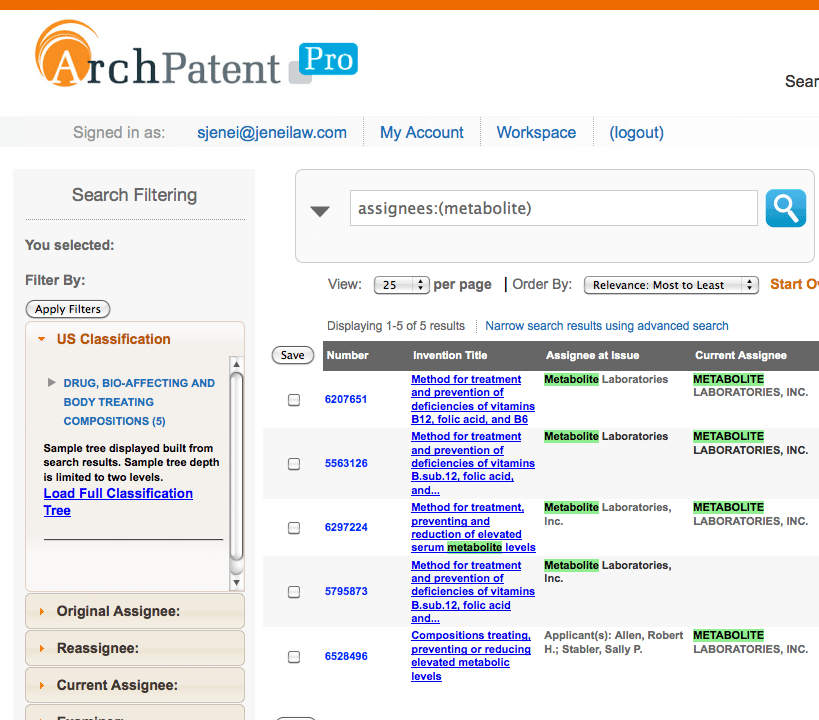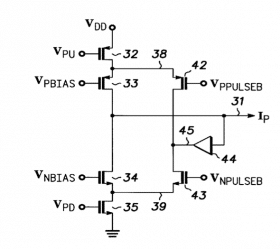“We are complying with Congress’ mandate to set fees at a level that enables the USPTO to recover the actual costs of the services it provides, while enabling us to implement all of the provisions of the Act.”
~Under Secretary of Commerce for Intellectual Property and
Director of the USPTO David Kappos
The U.S. Patent and Trademark Office (USPTO) announced that it is taking steps to raise fees for patent applcicants. The Office published a Notice of Proposed Rulemaking (NPRM) in the Federal Register seeking public input on proposed patent fees, including reductions to fees for new procedures and programs created by the broadly bipartisan Leahy-Smith America Invents Act (AIA) that allow robust reviews of issued patents, and provides discounts to individual inventors and small businesses.
The public has 60 days after this notice of proposed rulemaking to comment on the proposed fees before the USPTO sets the final rule (Sunday, November 25, 2012). The PTO would then revise the fees as needed and the new fees would go into effect “at least 45 days” after that. The office has said that it was targeting implementation of the new fee structure sometime in February 2013.
Fees are currently set by statute. The AIA directed the USPTO to set these fees on a cost-recovery basis and to seek public and stakeholder input in setting those fees, a change widely supported by businesses, entrepreneurs, and educational institutions.
According to the USPTO, the proposed fees are at least 22 percent lower for a routine patent process—i.e., filing, search, examination, publication, and issue fees—than the current fee schedule. The current proposed fees also are lower than those originally proposed by the USPTO in February.
With the publication of the NPRM, the USPTO is opening a 60-day comment period in which the public can provide input on the latest proposal. Following the comment period, the Office will prepare the final fee-setting rule, which would go into effect no less than 45 days after it is published in the Federal Register. Further information about the NPRM for proposed fees is here.
The proposed fees also will enable the USPTO to implement a discounted fee structure that provides 75% savings on many patent fees for micro entities, primarily individual inventors and small entrepreneurial ventures. Also included in the proposed fees is an expansion of the existing 50% discount for small entities.
New rules and procedures mandated under the AIA go into effect on September 16, 2012, including three new administrative trial processes. Under the AIA, those reviews must be completed by the Patent Trial and Appeal Board (PTAB) within one year of filing. The proposed fees introduced in the NPRM reduce the cost recovery fee amounts effective on September 16, 2012.
Along with the 60-day comment period, the USPTO will seek feedback at eight public hearings in the month of September. These events, called AIA Roadshows, will include a presentation on the proposed fee schedule, with an opportunity for questions and comments from the public. The first three of the Roadshows will also be webcast.
The proposal would raise the total fees for patent application filing, search, and examination from $1,250 for a large entity to $1,600, a 28 percent increase, but still represents only about 42 percent of the PTO’s cost of providing those services. The PTO originally proposed higher fees for RCEs from $930 to $1,700. After complaints, the agency now would allow a first RCE for $1,200, while keeping the $1,700 fee for the second and subsequent RCEs.
The combined notice of appeal and appeal brief cost would be lowered from its current level of $1,240 to $1,000. However, the appeal filer would incur an additional $2,000 fee if the examiner does not withdraw the rejection and the applicant files an appeal brief.
The publication fee was eliminated and the issuance fee proposed at $960 is almost a 50 percent reduction from the current fee. A fee to correct inventorship was retained but is now proposed to be $1,000.
Total fees for the three maintenance stages–at 3.5, 7.5, and 11.5 years–would be $11,600, an increase of 45 percent above the current total payment.
For non-press inquiries about the NPRM, please contact Michelle Picard, USPTO Senior Advisor for Financial Management, at (571) 272-9200.







 Sanofi US â€@SanofiUS
Sanofi US â€@SanofiUS Rob Wright â€@RfwrightLSL
Rob Wright â€@RfwrightLSL Erin Lee â€@ErinatBIO
Erin Lee â€@ErinatBIO MedImmune â€@MedImmune
MedImmune â€@MedImmune Nature Biotechnology â€@NatureBiotech
Nature Biotechnology â€@NatureBiotech Erin Lee â€@ErinatBIO
Erin Lee â€@ErinatBIO